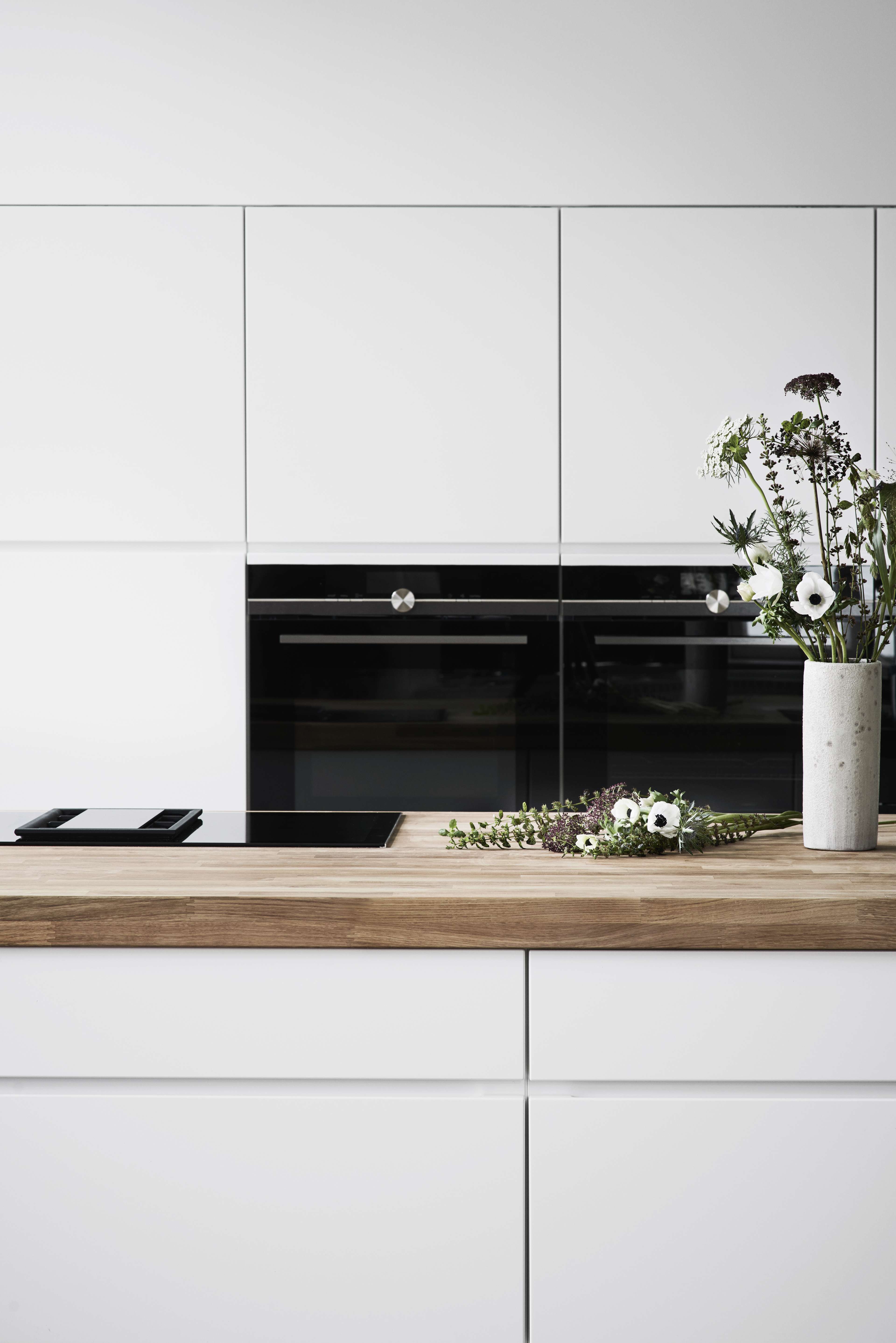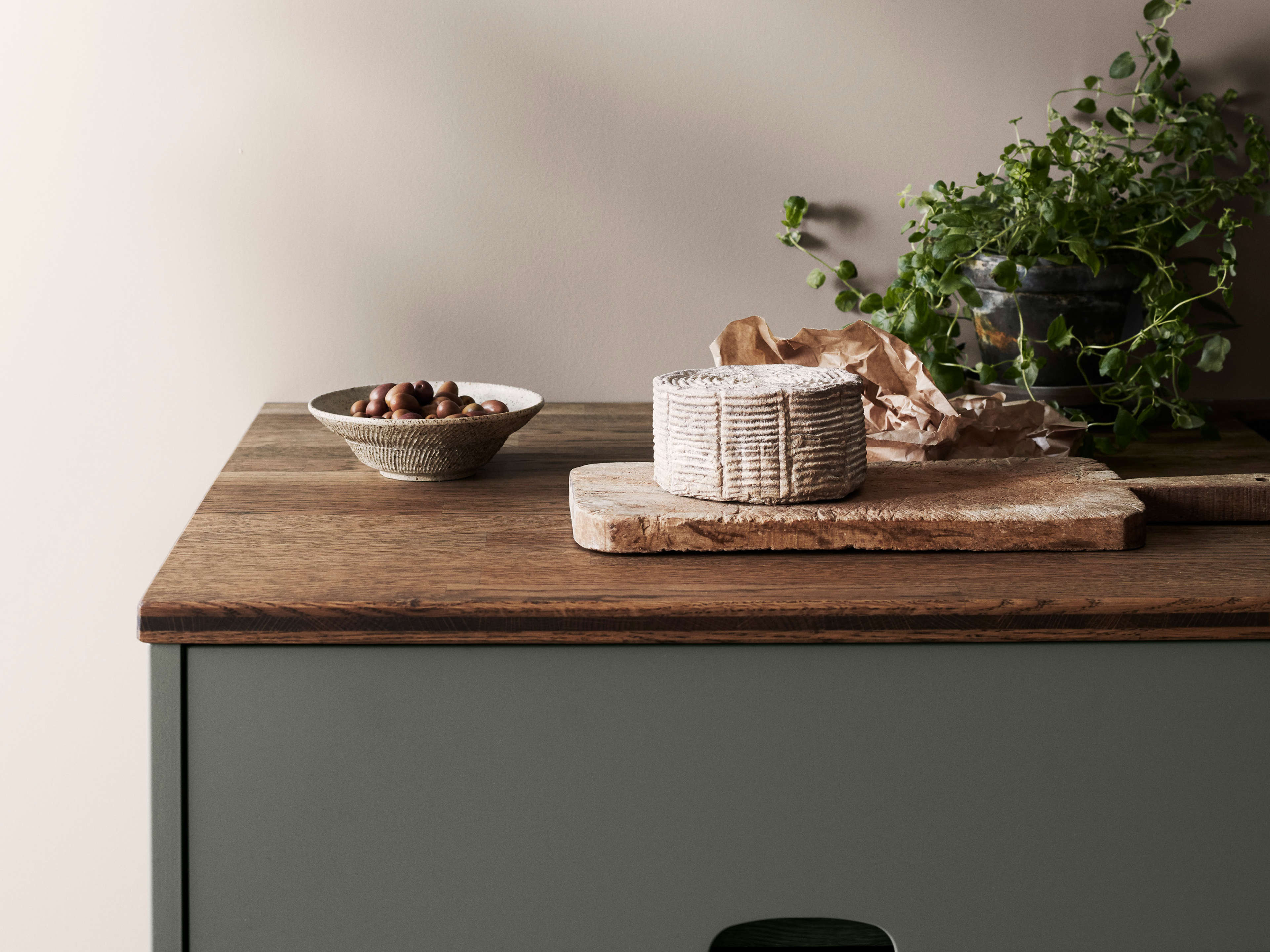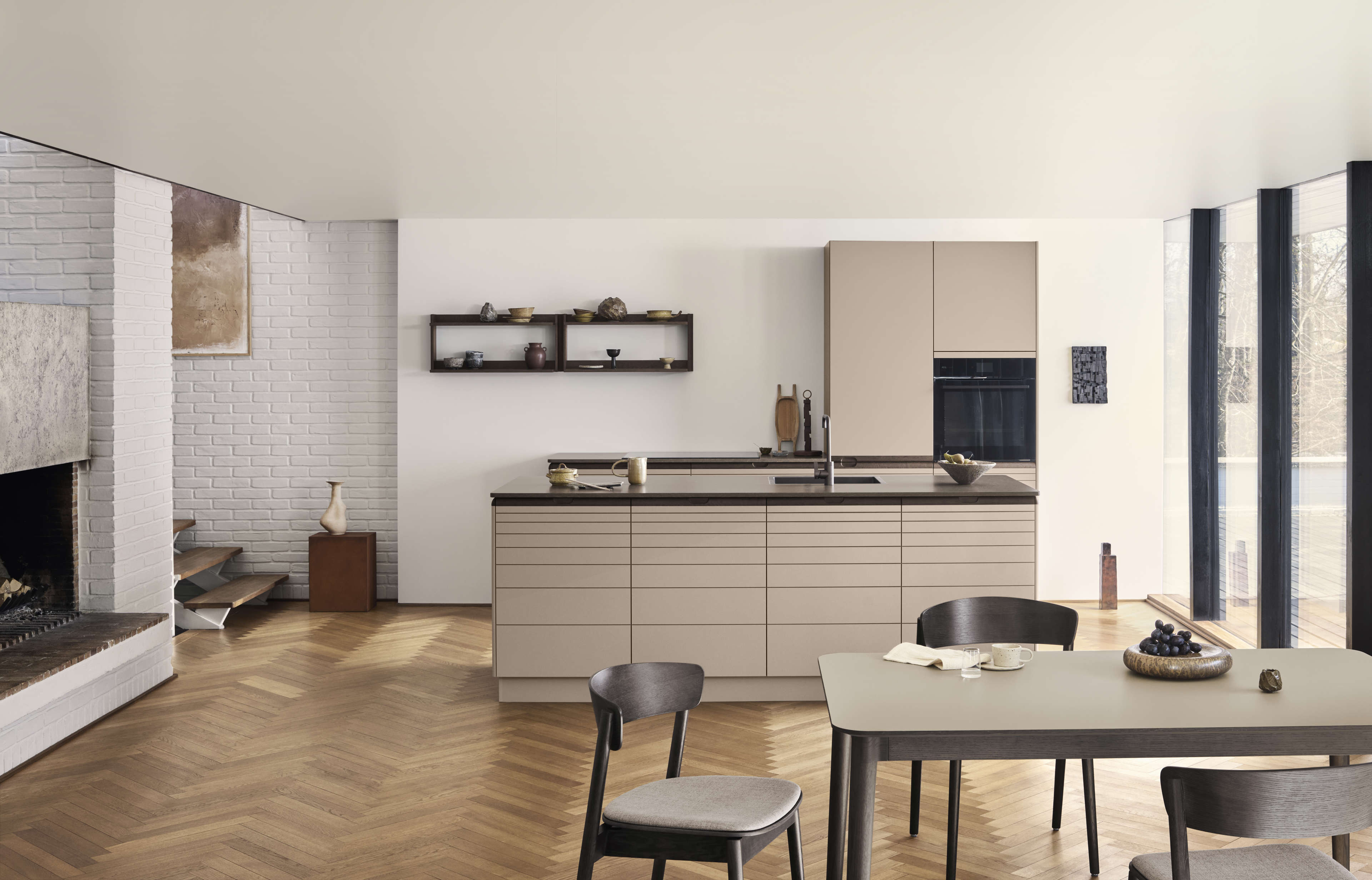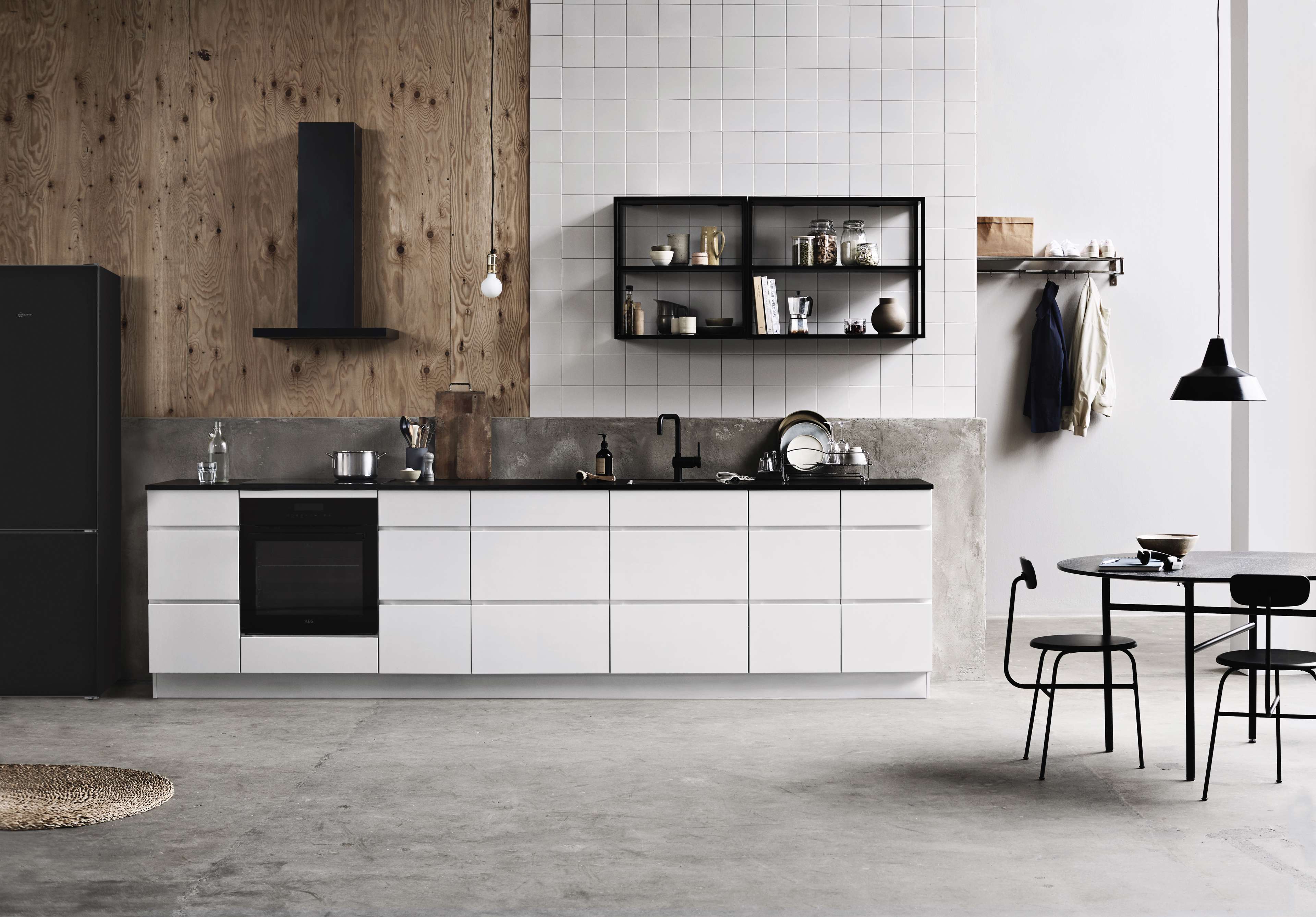— 3 tips to keep in mind when buying a kitchen

Some decisions for your new kitchen have a bigger impact on our planet than others. As a part of our sustainability journey we've conducted a full lifecycle study of our kitchens. Sharing what we learned, we bring you three key ways you can have an impact through your choice of kitchen, based on facts and informed choices.
We all want to do what we can to lower our emissions. It's definitely a top priority for us. As part of our journey, we want to make it easier for you as a customer to think sustainability into your kitchen.
A kitchen is a long-term investment and a long-lasting product, so it's a great place to make an effort to make more impactful decisions. After all, where do we spend more time than in our kitchens?
We did a study on the lifecycle of a kitchen and as part of it, we calculated the CO2 impact a kitchen has over a 15-year lifetime. We learned that you can make a few relatively easy decisions that can have a big impact.
1. Choose energy saving appliances
Choosing A++ rated appliances saves up to 25% energy compared to an equivalent A-rated model. This means big C02 savings over the lifetime of a kitchen.
KVIK TIP
Did you know that we offer a wide range of efficient, energy-saving appliances from well-known brands at surprisingly low prices?

2. Choose wood
You can make a real difference just by choosing the right worktop. Laminate or solid wood are the most sustainable choices. A laminate worktop has a 6.5 times lower CO2 footprint per m2 in comparison to a composite worktop.*
KVIK TIP
We have over 30 different laminate and solid wood options all made of certified wood, including a 2 cm solid oak, with a Cradle to Cradle certified treatment. A Cradle to Cradle certification is a globally recognised measure of safer, more sustainable products made for the circular economy.

3. Choose recycled materials
Choose a kitchen that's produced with as much recycled material as possible to reduce the CO2 footprint. Recycled materials might be the chipboard or MDF on the inside, or recycled PET fronts on the outside.
KVIK TIP
Did you know that we're constantly innovating and finding new ways to use recycled materials? For example, all of our foiled fronts are made from recycled PET plastic bottles. For every 60 cm front we recycle a minimum of 12 PET plastic bottles. And we have invested in an incinerator that converts our wood waste into heat - which has reduced our CO2 footprint significantly.




